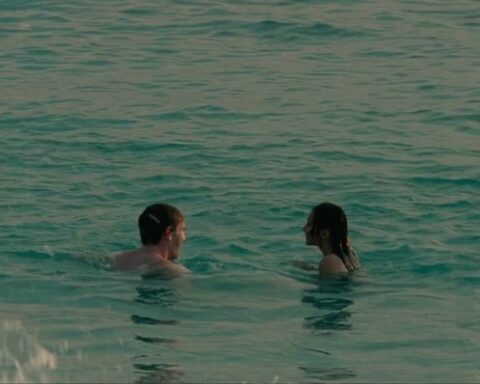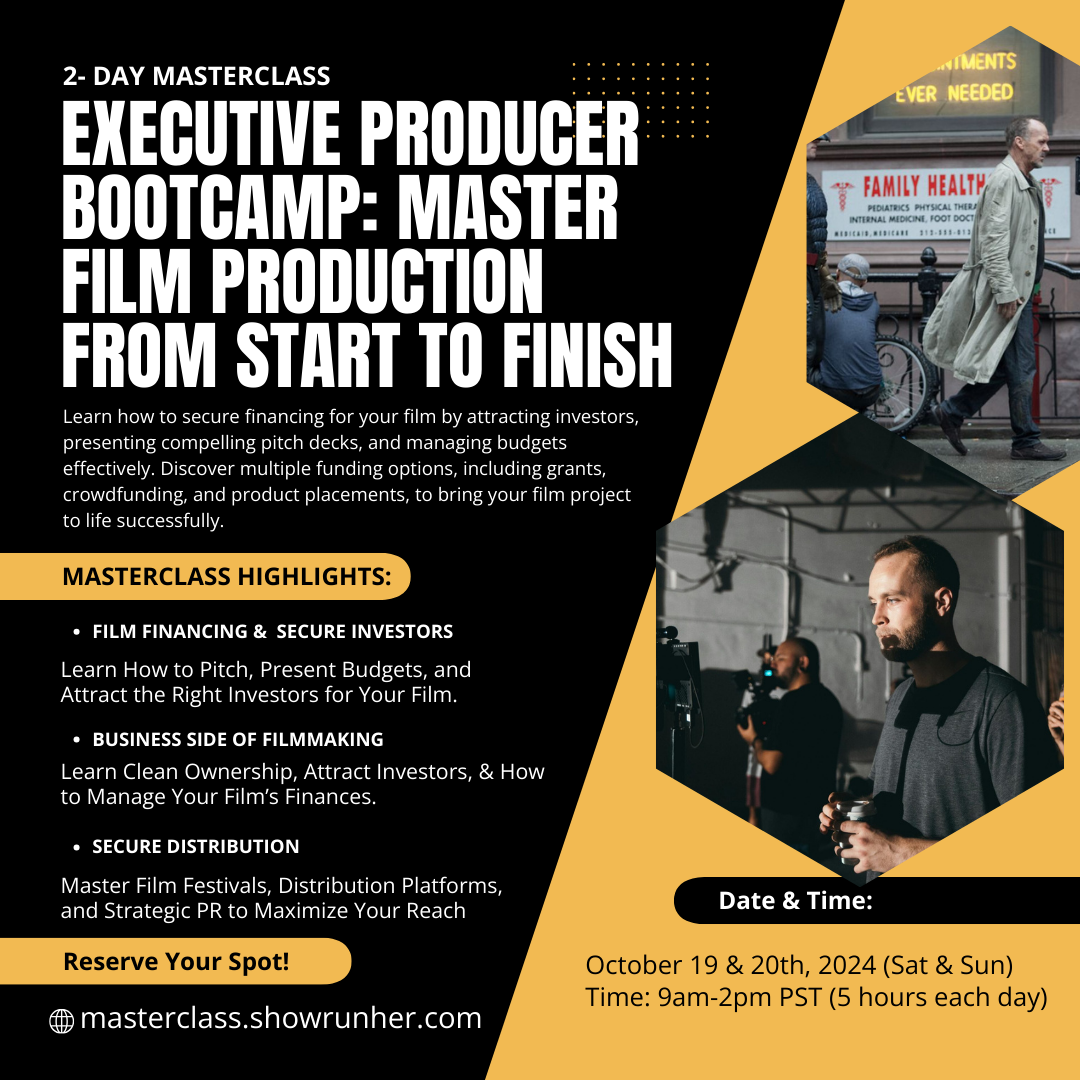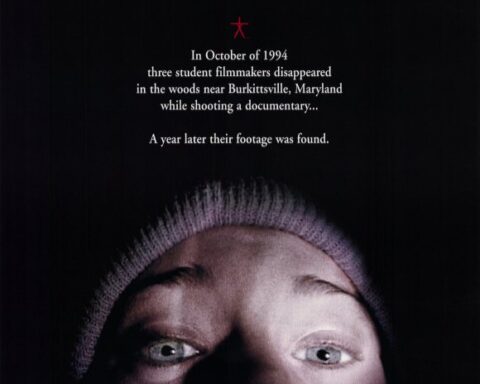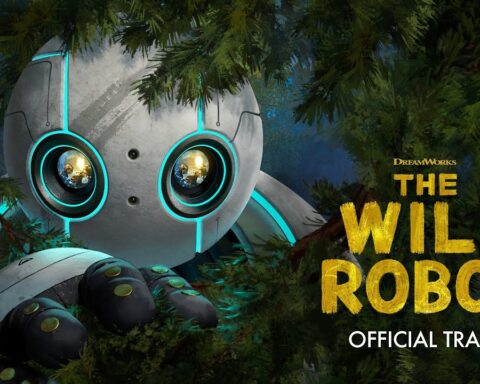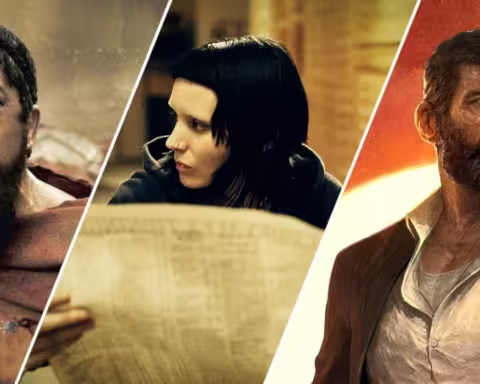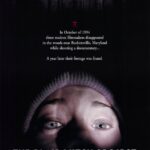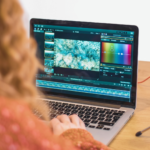How Does the One-Shot Technique Work?
The one-shot technique, also known as a single-take or continuous shot, is a captivating and challenging filmmaking method that creates the illusion of an entire scene, or even an entire film, being captured in one uninterrupted take. While this technique can be visually stunning, it also requires exceptional precision, planning, and coordination. When done effectively, the one-shot technique can immerse audiences in a way that traditional editing simply cannot.
The Art of the One-Shot
The allure of the one-shot technique lies in its ability to draw viewers into the narrative, creating a sense of real-time progression. This continuous flow of action keeps the audience engaged, heightening the emotional impact of the story. The absence of cuts allows for a more intimate connection with the characters, as viewers experience events alongside them, without the usual breaks in time or perspective that come with traditional editing.
The one-shot technique can also add a layer of realism to the film, making it feel as though the audience is watching the events unfold in real life. This is particularly effective in intense or action-packed scenes, where the continuous shot can amplify the tension and urgency of the moment. The technique works as a visual metaphor for the relentless nature of time—once the camera starts rolling, there’s no turning back, mirroring the unstoppable march of time within the narrative itself.
Technical Mastery and Choreography
Achieving the seamless appearance of a one-shot film is a formidable technical challenge. Every aspect of the production must be meticulously choreographed to ensure that the camera, actors, and crew move in perfect harmony. The timing of actions, dialogue, and camera movements must be precise, as any mistake can ruin the illusion and force the team to start the take from the beginning.
- Camera Movement: The choice of camera equipment is crucial for achieving the fluidity required for a one-shot film. Tools like Steadicams or gimbals are often used to provide smooth, stable camera movements, allowing the operator to navigate through complex environments without the jarring motion that could disrupt the viewer’s immersion. Cranes and drones may also be employed for sweeping aerial shots or transitions between different levels of a set, further enhancing the dynamic nature of the one-shot technique.
- Rehearsals: Extensive rehearsals are essential for both the actors and the crew. Actors must hit their marks precisely and deliver their lines with perfect timing, while the camera crew must be prepared to execute complex maneuvers in sync with the action. Rehearsals help to ensure that everyone is familiar with the choreography and can anticipate potential issues, reducing the likelihood of errors during filming.
- Seamless Transitions: Although some one-shot films are captured in a single continuous take, most use hidden cuts to stitch together multiple long takes. These cuts are often masked by clever transitions, such as the camera passing through a dark area, following a character around a corner, or focusing on an object that momentarily obscures the lens. These transitions are designed to be invisible to the viewer, maintaining the illusion of an unbroken shot.

Narrative and Emotional Impact
The one-shot technique is not merely a visual gimmick; it serves a deeper narrative purpose by intensifying the emotional and psychological experience of the film. By eliminating the safety net of traditional cuts, the technique mirrors the relentless passage of time and the inescapability of certain situations. This can heighten the tension, especially in scenes where characters are under pressure or facing imminent danger.
In “Birdman,” the one-shot approach serves as a metaphor for the protagonist’s mental and emotional unraveling. Riggan Thomson, played by Michael Keaton, is a former superhero actor struggling to redefine himself as a serious artist. The continuous, unbroken shot reflects the unrelenting pressure he feels as he navigates his professional and personal crises. The camera’s movement through the winding corridors of the theater and the chaotic streets of New York City mirrors Riggan’s spiraling thoughts, blurring the lines between his reality and his hallucinations. The technique keeps the audience tightly bound to Riggan’s perspective, making his desperation and anxiety palpable.
Similarly, in “1917,” directed by Sam Mendes, the one-shot technique places the audience in the midst of World War I, following two soldiers on a harrowing mission to deliver a message that could save hundreds of lives. The continuous shot immerses viewers in the soldiers’ journey, capturing every moment of their perilous trek across no-man’s-land. The absence of cuts heightens the sense of danger and urgency, making the audience feel as though they are experiencing the horrors of war in real time.
The Psychological Effects on the Audience
The one-shot technique has a unique psychological effect on the audience. Traditional films rely on cuts to control the pacing and guide the viewer’s attention, but in a one-shot film, the lack of cuts can create a sense of unease. The viewer is unable to look away or take a mental break, which can intensify the emotional impact of the scene. This can be particularly effective in creating tension, suspense, or a sense of urgency.
The continuous movement of the camera also contributes to a feeling of inevitability. As the camera moves through the scene, the audience is carried along with it, with no opportunity to escape or pause. This can create a sense of being trapped within the narrative, heightening the emotional stakes and making the viewer feel more invested in the outcome.
Examples of One-Shot Filmmaking
The one-shot technique has been employed to great effect in various films, each using the method to serve different narrative purposes:
- Birdman (2014): Alejandro González Iñárritu’s film uses the one-shot technique to mirror the protagonist’s mental unraveling. The continuous shot blurs the line between reality and fantasy, drawing viewers into Riggan Thomson’s chaotic world and reflecting the pressures of his self-imposed artistic challenge.
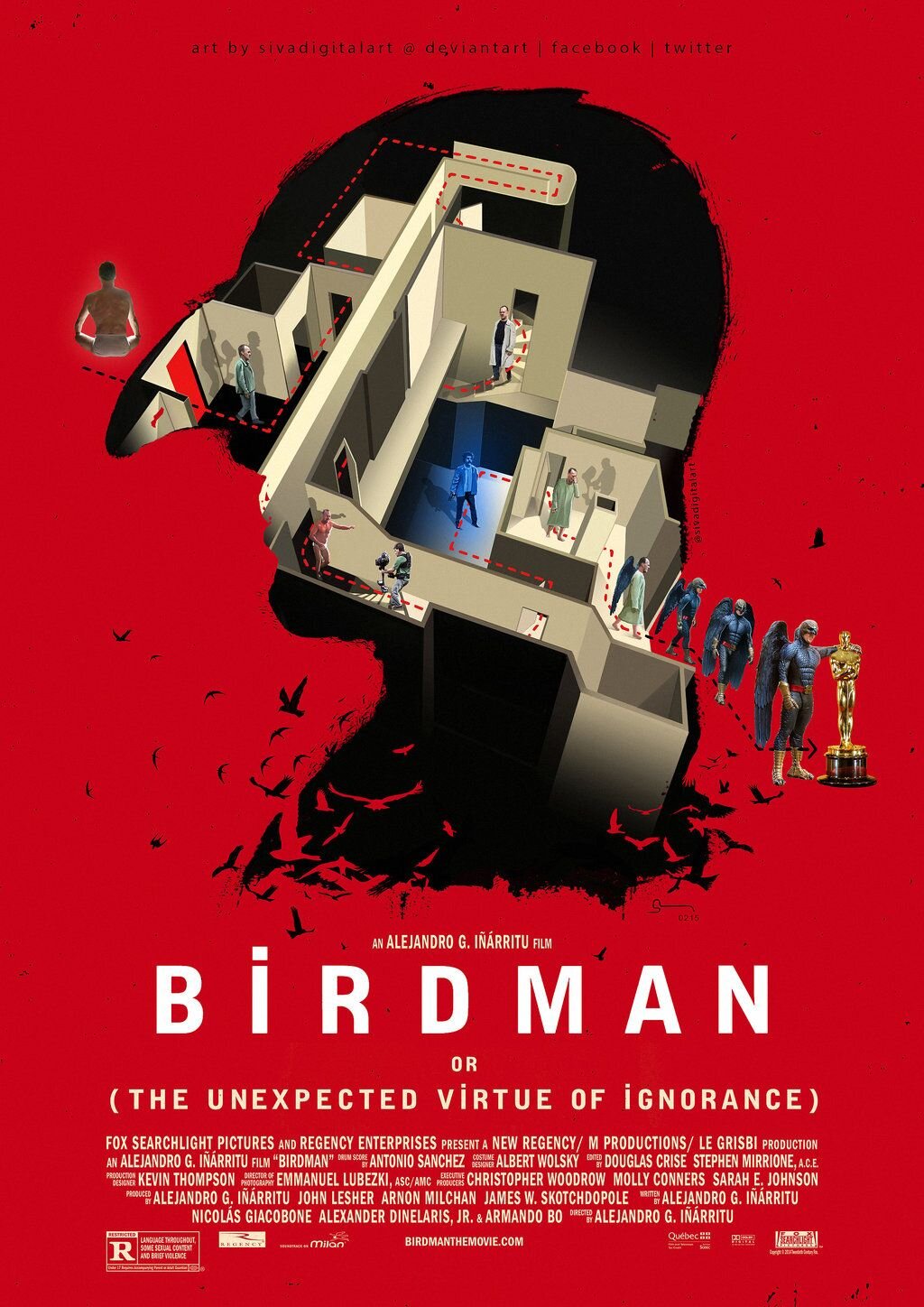
- 1917 (2019): Sam Mendes’ World War I epic employs the one-shot technique to create an immersive and intense viewing experience. The film’s continuous shot places the audience directly in the trenches, heightening the sense of danger and urgency as the soldiers race against time.
- Russian Ark (2002): Alexander Sokurov’s film is a true single-take wonder, shot in one continuous 96-minute take. The camera moves fluidly through the Winter Palace in Saint Petersburg, exploring 300 years of Russian history in a single, uninterrupted flow. The film’s use of the one-shot technique creates a dreamlike, almost surreal experience, reflecting the passage of time and the fluidity of history.
- Children of Men (2006): Directed by Alfonso Cuarón, this film features several long takes, including a famous extended action sequence. The one-shot technique is used to heighten the tension and immerse the viewer in the chaotic, dystopian world where the story unfolds.
Challenges and Rewards
The one-shot technique presents significant challenges, including the need for flawless execution by the cast and crew, precise choreography, and technical expertise. Any mistake can ruin the take, forcing the team to start over from the beginning. This can be time-consuming and costly, especially in films with complex action sequences or large sets.
However, the rewards of successfully pulling off a one-shot are immense. The technique can elevate a film, creating a unique and immersive viewing experience that stands out from more conventionally shot movies. It showcases the director’s vision, the cinematographer’s skill, and the actors’ ability to perform under intense pressure, all contributing to a film that is both technically impressive and emotionally resonant.
Conclusion: The Power of Precision
The one-shot technique is a powerful tool in filmmaking, capable of creating a level of immersion and emotional impact that traditional editing cannot achieve. By eliminating cuts, the technique forces the audience to experience the narrative in real-time, heightening the tension and intimacy of the story. It requires meticulous planning, technical expertise, and flawless execution, but when done well, it can result in a film that is both visually stunning and deeply engaging.
Whether used to reflect the psychological state of a character, heighten the intensity of an action sequence, or create a sense of continuous movement through time and space, the one-shot technique remains one of the most challenging and rewarding methods in filmmaking. For directors, cinematographers, and actors alike, mastering the one-shot is a true test of skill, but the end result can be a cinematic experience unlike any other.



